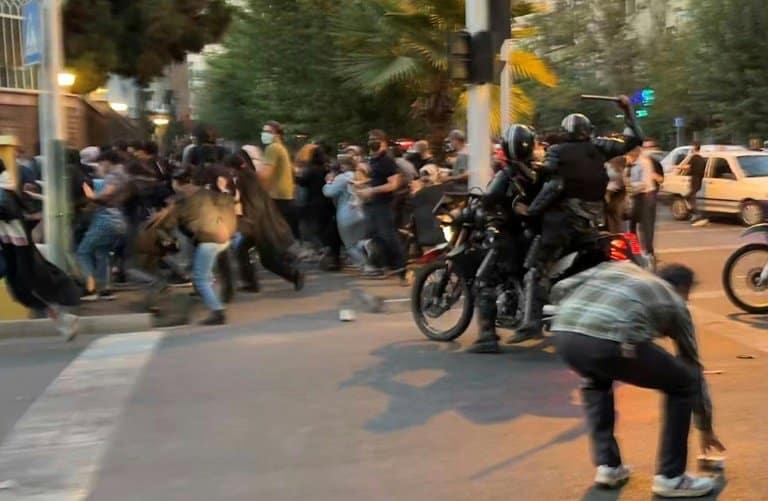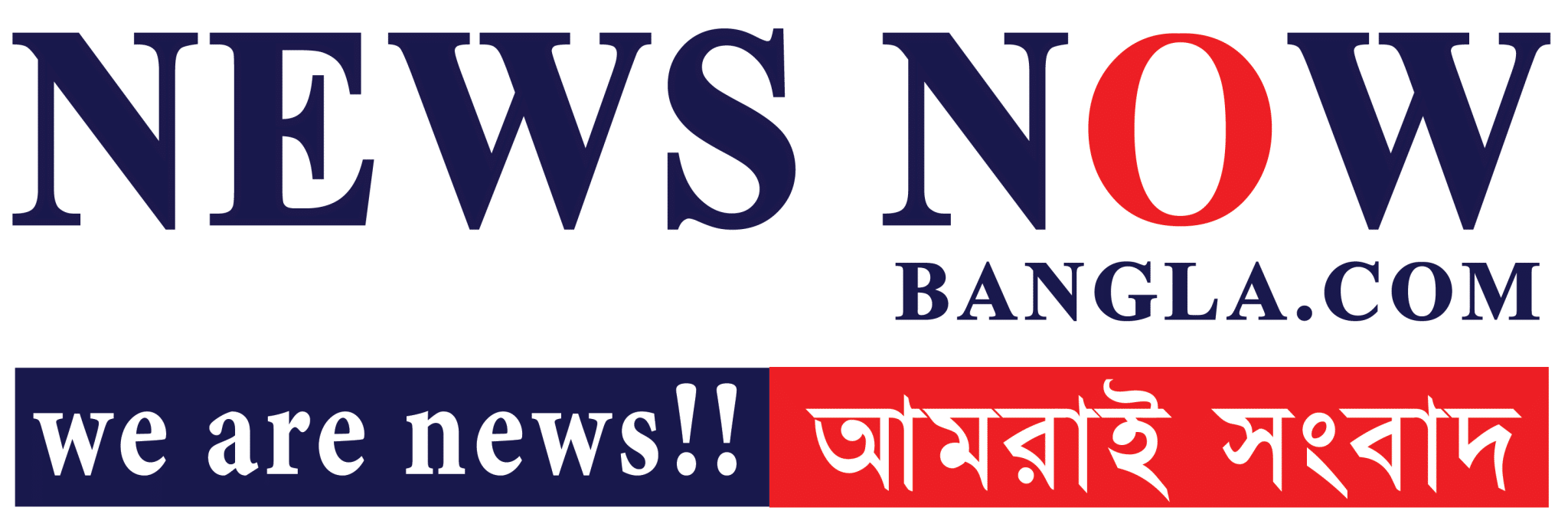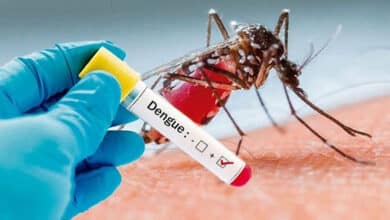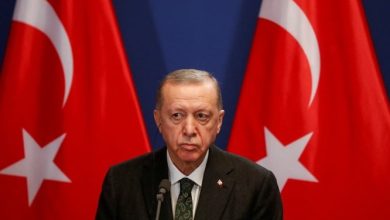Alarm grows over deadly Iran crackdown on protests

International alarm mounted on Tuesday over a deadly crackdown in Iran against protests sparked by death of young Iranian woman Mahsa Amini after her arrest by Tehran’s notorious morality police.
Amini, 22, died on Friday three days after she was urgently hospitalised following her arrest by police responsible for enforcing Iran’s strict dress code for women.
Activists said she suffered a blow to the head in custody but this has not been confirmed by the Iranian authorities, who have opened an investigation.
There have been protests in Tehran but the fiercest clashes so far have been in Iran’s northern Kurdistan province where Amini was from.
The province’s governor Ismail Zarei Koosha confirmed the deaths of three people, insisting they were “killed suspiciously” as part of “a plot by the enemy”, according to the Fars news agency.
Activists say however that dozens of people have also been wounded and accuse the security forces of using live fire which has caused the casualties.
New York-based Human Rights Watch said witness accounts and videos circulating on social media “indicate that authorities are using teargas to disperse protesters and have apparently used lethal force in Kurdistan province.”
“Cracking down with teargas and lethal force against protesters demanding accountability for a woman’s death in police custody reinforces the systematic nature of government rights abuses and impunity,” said Tara Sepehri Far, HRW’s senior Iran researcher.
In Geneva, the UN said acting High Commissioner for Human Rights Nada Al-Nashif expressed alarm at Amini’s death and the “the violent response by security forces to ensuing protests.”
She said there must be an independent investigation into “Mahsa Amini’s tragic death and allegations of torture and ill-treatment.”
– ‘Stop further state killings’ –
The Kurdish human rights group Hengaw, which is based in Norway, said it had confirmed a total of three deaths in Kurdistan province — one apiece in the towns of Divandareh, Saqqez and Dehglan.
It added that 221 people had been wounded and another 250 arrested in the Kurdistan region, where there had also been a general strike on Monday.
A 10-year-old girl — images of whose blood-spattered body have gone viral on social media — was wounded in the town of Bukan but alive, it added.

Rights groups said security forces used batons, teargas, water cannons, rubber bullets and live ammunition in certain regions / © AFP
Images posted on social media have shown fierce clashes especially in the town of Divandareh between protesters and the security forces, with sounds of live fire.
Protests continued on Tuesday in Kurdistan and around Tehran’s main universities and also, unusually, at the Tehran bazaar, images showed.
Slogans shouted included “Death to the dictator” and “Woman, life, freedom”.
“The international community shouldn’t be silent observers of the crimes the Islamic Republic commits against its own people,” said Iran Human Rights (IHR) NGO director Mahmood Amiry-Moghaddam.
“We call on countries with diplomatic relations with Iran, the EU in particular, to stop further state killings by supporting the people’s demands to realise their basic rights.”
– ‘Systemic persecution’ –

The Islamic headscarf has been obligatory in public for all women in Iran since shortly after the 1979 Islamic revolution that ousted the shah / © AFP
IHR said security forces used batons, teargas, water cannon, rubber bullets and live ammunition in certain regions “to directly target protesters and crush the protests.”
The Netblocks internet access monitor noted an over three hour regional internet blackout in Kurdistan province and also partial disruptions in Tehran and other cities during protests on Monday.
The situation will add to pressure on Iran’s President Ebrahim Raisi who is in New York for the UN General Assembly this week where he was already set to face intense scrutiny over Iran’s human rights record.

French President Emmanuel Macron was holding a rare meeting with Raisi Tuesday in a final attempt to agree a deal reviving the 2015 nuclear accord / © AFP
French President Emmanuel Macron was holding a rare meeting with Raisi Tuesday in a final attempt to agree a deal reviving the 2015 nuclear accord.
The Islamic headscarf has been obligatory in public for all women in Iran since shortly after the 1979 Islamic revolution that ousted the shah.
The rules are enforced by a special unit of police known as the Gasht-e Ershad (guidance patrol), who have the power to arrest women deemed to have violated the dress code, although normally they are released with a warning.





